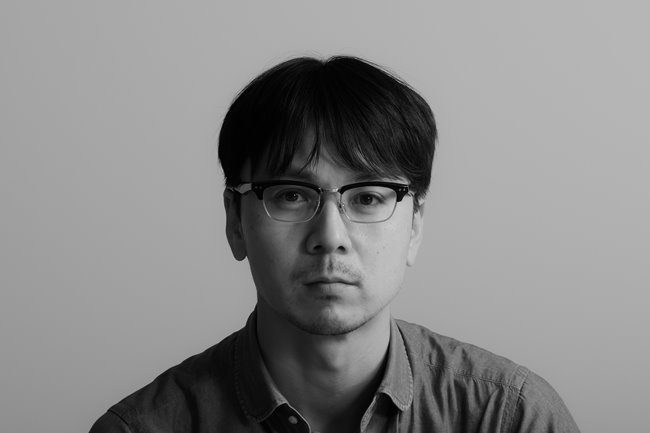A cylinder containing Shigeo Mori's remains. Itoko always carries it with her. A year after her husband’s death, Itoko scattered his ashes in the places he loved the most: the sea and the mountain where they used to go for walks.
Chapter II: Walking Together. Labels invite misfortune, and misfortune in turn reinforces labels, perpetuating a vicious cycle that must be broken.
On 15 August 2013, Shigeo Mori vanished. His remains were discovered the following spring in a bamboo grove. Shigeo was aware of his dementia symptoms and visited a clinic for a consultation. Regrettably, he did not receive a formal medical diagnosis and was not referred to welfare services. The "blank period" between symptom recognition and diagnosis is a critical time. Often, people are afraid or anxious of being labeled as a dementia patient. In Japan, being labeled "haikai," meaning one who "wanders aimlessly," only serves to exacerbate fear and anxiety and delay diagnosis.The term is not only inappropriate but also obscures valid reasons individuals may have for their movements. Itoko believes that her husband Shigeo was trying to return to their first home near the bamboo grove where his remains were found.
Dementia is one of the leading causes of disability among the elderly worldwide, according to the World Health Organization. Japan’s aging population has one of the highest proportions of elderly people with dementia in the world, with about 7 million citizens expected to live with symptoms in 2025.
This project offers a unique visual exploration of dementia, capturing not only the larger social issues surrounding this condition, but also the inner lives of people with dementia and their relationships to their families and caretakers. Comprised of the stories of three families, this project is structured into four chapters. The introductory chapter provides a comprehensive overview, while subsequent chapters delve into the individual narratives of each family.
In an era where dementia affects an increasing number of individuals and their loved ones, the photographer seeks to do more than simply convey information about the condition. Rather, through photographic techniques that express deep empathy, he shares the personal insights gleaned from the experience of dementia itself. Acting as a bridge between hearts, a societal wake-up call, and a silent dialogue, dementia reveals moments of brilliance amidst the fading twilight between life and death.
By prompting contemplation on the nature of happiness and unhappiness, this project invites viewers to consider the factors that contribute to a fulfilling life. Through introspection and dialogue, it advocates for the creation of a society that prioritizes the well-being and happiness of its most vulnerable members, fostering empathy and understanding for those living with dementia.
Are you a photographer and/or passionate about press freedom? Sign up for our newsletter to stay updated on our annual contest and to hear about exhibitions near you.

